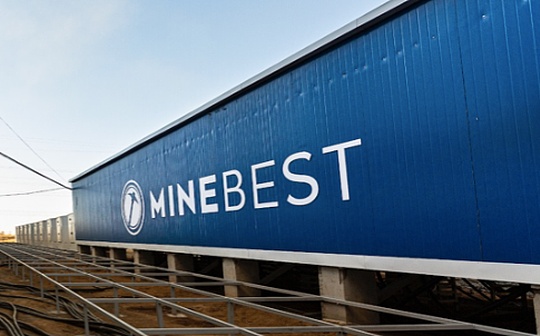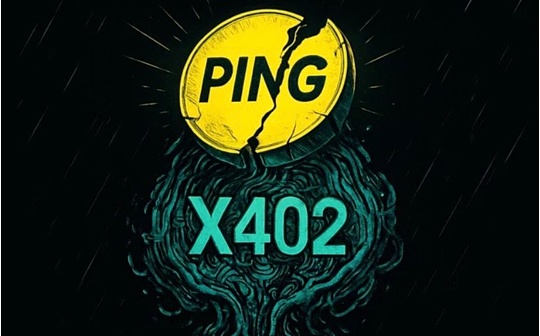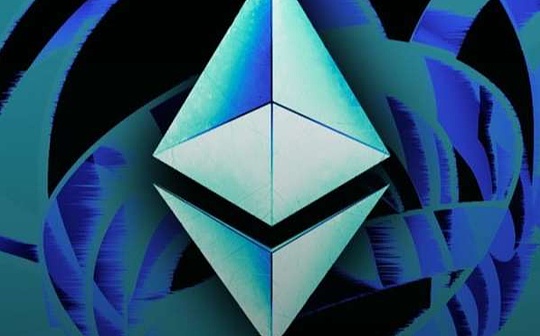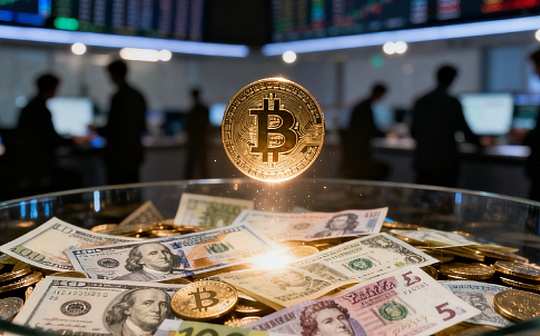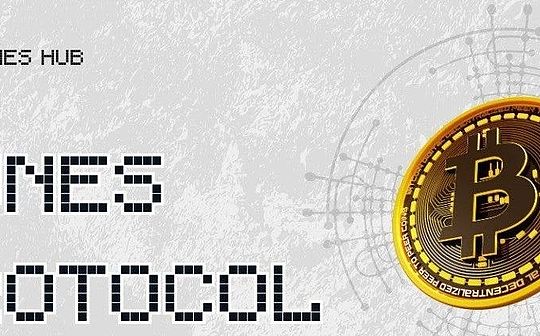
Author: mix
On March 2, 2024, the founder of Rune Alpha, the Runes ecological infrastructure project, discussed with the founder of the Runes Agreement Casey in the public issue of Github.The two parties discussed how to expand the “public inscription” mechanism of how to expand the Runes protocol.The topic includes:
· Do you want to relax the required requirements for “open inscriptions”?
· Point out that the Runes runes that use the “open inscription” distribution method do not exist in management rights
· I have proposed a set of publishing mechanisms based on the inscription NFT and Rune FT
Out of the strong interest of the Bitcoin derivative asset agreement,The author of this article combined with some of the latest topics of Runes above and wrote this article to explore the development of the Runes and Ordinals protocols, as well as a similar asset issuance method.I believe it can help everyone understand the Bitcoin ecosystem.
What is Runes protocol
The so -called Runes protocol is an agreement to issue homogeneous tokens on the Bitcoin network. After the Ordinals founder Casey released the Ordinals scheme, the homogeneous token scheme was re -constructed.The overall design idea is very simple.
It is worth mentioning,Runes protocol plans to halve in Bitcoin 2024 (block height of 840000), that is, the main network on the launchEssenceThe Runes protocol is still in the process of optimization and version iteration.
Before the principle of brief science popularization Runes, let’s quickly understand the ins and so -called [open inscriptions].
Runes’s proposal Casey did not want to do the IDEA of the homogeneous token agreement at the beginning.In December 2022, Casey issued the Ordinals protocol,The intention is to permanently chain the NFT data bitcoin. Simply put, the NFT metadata is recorded in the witness data Witness Witness Witness (Witness mainly contains digital signature information) in Bitcoin transaction.Text, images, etc.) are engraved on the specified Cong.
>
(Image source: https://yishi.io/a-beginner-guide-to-the-rdinals-protocol/)
Subsequently, the gear of history began to rotate,On March 8, 2023, anonymous developer @Domodata was based on the typical NFT issuance protocol of Ordinals, and made a roundabout of the BRC-20 standard for issuing homogeneous token.In the way of inscriptions, for those derivative asset data that needs to be uploaded to the Bitcoin chain, it stipulates a unified format and attributes (token names, total supply, a single maximum casting volume, etc.)Track this information and display the BRC-20 token-related wallet accounts and assets.
>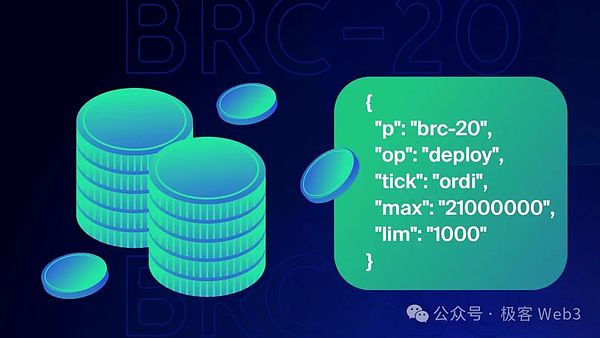
The key is here,The distribution of BRC-20,It depends on the NFT protocol of the Bitcoin inscription, so it becomes similar to the NFT casting process in the initial distribution mechanism. It naturally has the characteristics of “get first before”.It’s completely different from Ethereum ERC-20 assets issuanceAt that time, the project party first deployed asset contracts to define the asset distribution mechanism.
ThisFair launchThe characteristics of most people have the opportunity to fairly participate in the initial issuance of homogeneous tokens. The project party has no reserved lock -oriented, and everyone can participate in the first time when the assets were initially issued.Soon, the BRC20 brought a wave of issuance of derivative assets on the Bitcoin chain, and even directly launched this round of bull market.It can be seen that we focus on discussing todayThe “public inscription” release method is very important for the Runes protocol.
But the BRC-20 also brings a lot of problems: every operation of the BRC-20 assets must initiate specific transactions on the Bitcoin chain.With the popularity of BRC-20 assets, the Bitcoin UTXO dataset also expands quicklyThis makes BTC core developers openly question the BRC-20.
Ordinals founder Casey not only opposes the BRC-20, but also does not recognize FT assets issued based on Ordinals, but the popularity of BRC-20 makes him feel that although 99%of tokens are scams and gimmicks, these thingsIt still cannot disappear like a casino.
at the same time,The BRC-20 has left “too much traces” on the Bitcoin chain, which brings the burden on the data bearing to the Bitcoin node.However, if someone proposes a set, the asset agreement that can “reduce” assets in terms of chain data may slow down the problems brought by the BRC-20.
soCasey decided to build a “better homogeneous tokens” for Bitcoin. On September 25, 2023, he released a preliminary idea of the Runes protocol.
>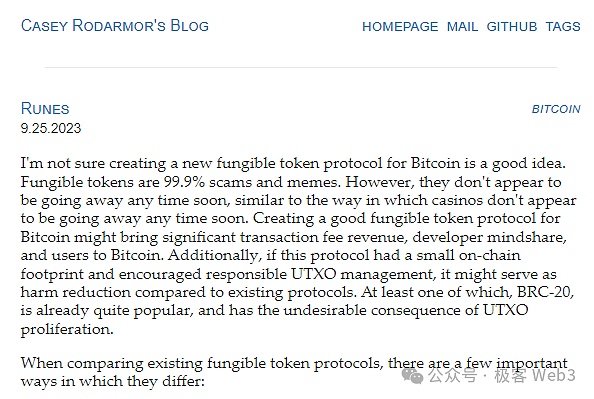
From a technical point of view,The Runes protocol is built based on Bitcoin UTXO and additional information,The trigger of each transaction must be on chain generated by the digital signature information generated under the chain, and we can carry the message in a specific format in the signature information.Runes protocolMark “specific messages” through OP_RETURN operating code,These specific messages are information related to the change of Runes assets.
Compared to the BRC-20 protocol, Runes has many advantagesThe most important one is:
1. The transaction steps are simplified, and the unseen UTXO will not be generated, which can better “reduce the burden” for the Bitcoin node.In addition, a transfer transaction of the BRC-20 only supports one receiver and one token, and Runes supports the transfer to multiple receivers at the same time, and can transfer multiple Runes tokens.
2.Storage and indexes of asset data are more concise:The data of the BRC-20 is stored in the Witness data of a specific transaction in JSON format, and the BRC-20 is based on the account model and the asset balance is associated with the specified account.The data of the Runes protocol is stored in the OP_RETURN field of a specific transaction, and the asset record method uses UTXO model.It can be directly binded with the UTXO on the Bitcoin chain.
When confirming a person’s Runes asset status, just verify the special UTXO that this person owns and is binded by Runes assets. Although some information must be traced back toComplete UTXO collection,This lightweight method is more friendly to data indexes.
3. Compatible with UTXO function expansion layer:Runes is based on UTXO design, enabling it to be able to better compatible with UTXO -based functional expansion layers such as CKB, Cardano, Fuel.By the “UTXO homogeneous binding” similar to RGB ++, the above functional expansion layer can provide Runes with smart contract scenarios.
>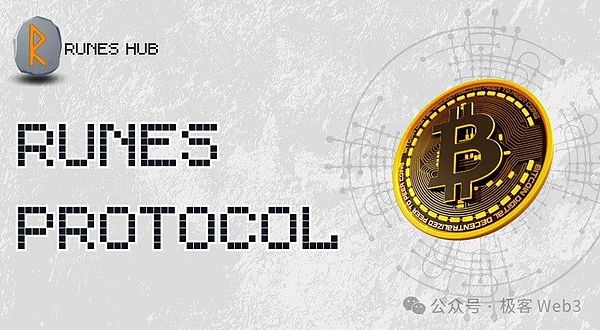
After briefly, we have finished the technology, and we return to the issuance mechanism that we first talked about in this article.Casey designed two sets of distribution methods for Runes runes, namely “fixed total amount” and “public inscription”:
1. The total amount of fixed is the issuer directly inspiring all Runes runes, and then distribution, which is relatively centralized.
2. Public inscription is to set parameters for the distribution method of Runes runes, such as indicating a block height or timestamp. How much assets of the user MINT during the time period meets the rules, and the total amount of the rune is in the end.
The scenes corresponding to the two issues are completely different from the mechanism. In the following, we only talk about “public inscriptions”.
In fact, Sondotpin began to discuss this topic from Runes’s Issues#124 issue and was recognized by Casey.
>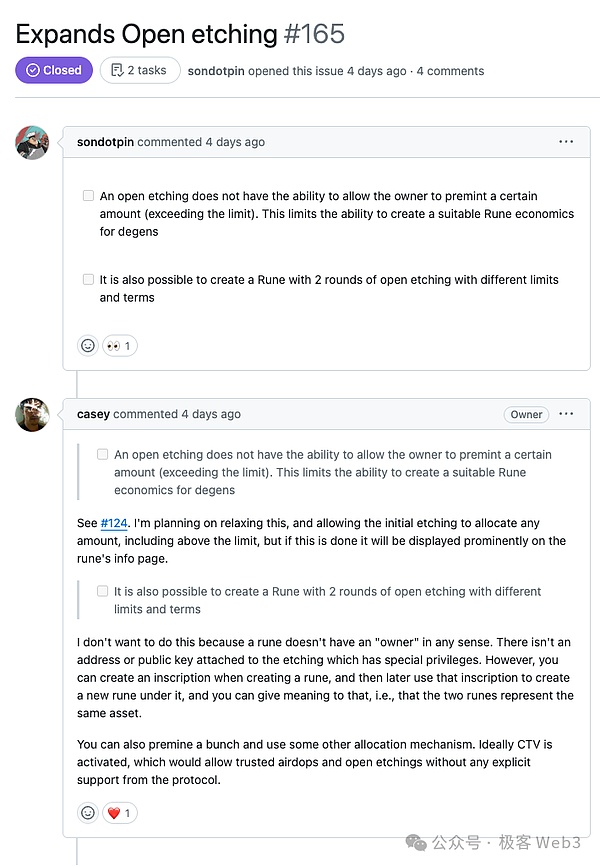
And the specific content of issues#165 is as follows:
Sondotpin: At present, the project party/issuer cannot reserve the Runes rune in advance, which limits the opportunity of the project party to design an excellent token economy model.
Casey:Please check the previous Issues#124.I am considering relaxing this requirement that allows the issuer to arrange runes in a reasonable way during the distribution, and even exceed the scope of the parameter.If this is designed, the relevant information will be displayed very prominently on the details of the Runes rune.
Sondotpin:Can you design a multiple distribution mechanism? For example, can there be two rounds of “public inscriptions” Runes runes, and then set different parameters in each round of distribution?
Casey:I am not inclined to this kind of approach,Because Runes runes are not “managers” in essence.The permissions of the issuance should not be held in a single physical hand with special permissions.But you can add a inscription when you release the runes, and then issue new runes based on this inscription, so that the runes that can be issued twice can be the same assets.Of course, you can also use the pre -mining method and then distribute it in other distribution methods.
If the function of the CTV in the future can be successfully started, there is no need to support the protocol. CTV can directly set the condition templates in advance. After the conditions are met, you can do airdrops and public issuance that meets the conditions.
Following Casey and Sonpin, personal views:
1. In the early stage of the project, it is really necessary to reserve part token
In the early days, the project party wanted to realize the business of business, and a certain token reserves needed a certain token to motivate the core team and condensed the community.If the agreement can be implemented in accordance with this discussion, it is the fairness of the “public inscription” and the supplementary value of the whole people, so that more valuable basic project parties can participate in the Runes ecosystem through the “public inscription” method.
2. Whether to reserve and how to reserve it is to give self -certification methods to the issuer
In fact, Casey has bluntly stated in YouTube videos many times that 99.9%of homogeneity and token are scams. Do n’t say that they want to change the world, frankly acknowledge that this is an industry full of gambling and speculation.Treat each other, good for everyone.It ’s just for fun!
From the ISSUE#124 to#165, you can see that Casey has more recognition of the use scenarios of homogenization.Do not question the method of “open inscriptions”. On this basis, it is expanded. For example, increasing the reserved mechanism is to hand over the rights and self -certification methods to the issuer, and it is also a good way to prevent bad coins from expelled good coins.
3. Inscription NFT and Rune FT will have more innovative space
Casey’s inscription NFT and Rune FT cooperate with each other to carry out multiple rounds of distribution mechanism ideas, which is quite interesting.In the background knowledge, we say that Ordinals and Runes are cases designed by Casey. They should be regarded as two parallel relationship protocols, but in GitHub’s projectsBlocks such as underlying logic.
The current hotspots such as RuneStone and Runecoin are also innovative in inscriptions and runes.Runecoin’s play method is the most mainstream inscription pre -mining. With the RSIC inscription issued by Runecoin, it will continue to dig out the runes of the project, and then the Runes protocol will be launched and then allocated FT.Looking forward to more projects in the future, new ways to play.
4. Runes runes that use the “open inscription” distribution method do not exist in ownership
The original Casey only expresses “Rune does not have ownership”, but the author believes that this should be the RUNES rune that uses the “open inscription” distribution method without existence of ownership.The two -round “public inscription” solution proposed by Sonpin will definitely have an address with a very high permissions to operate. This is not what I want to see in the Crypto encryption field.
Just like the project Runecoin finished the 21,000 RSIC inscription NFT, he soon hit the parent’s inscription to Nakamoto’s address, which is equivalent to that no one can use it again, that is, it is promised not to be issued through technical means.This wave of operation itself brings a large wave of praise, which is very popular.
Ps:What is the parent inscription?Because the BTC is slow and GAS is high, when the number of operations is relatively large, in order to improve the efficiency, a parent inscription is generally set first. In the parent inscription’s transaction, it directly handles multiple sub -inscriptions in batches.When interacting, save the storage space and processing time of the blockchain.
Finally talk about casey mentionedCTV, “Check Template Verify”.
CTV is an agreement upgraded by a Bitcoin proposal. It aims to increase the template that specifies future transactions by allowing users to create a template for future transactions, thereby enhancing the smart contract and locking function of the Bitcoin network.The activation of CTV will enable users to create more complex trading types, such as trustworthy airdrops and open etching without explicit support for protocols.
thisThe CTV proposal has increased the programming and flexibility of the Bitcoin network.As mentioned in this discussion, it is simply to create a unlock condition template using UTXO.Have a chance to create more gameplay for Runes.For example, through the “Runes Protocol+CTV”, 10 users can jointly use CTV technology to jointly MINT runes, and then preset the commitment of some future Bitcoin payment transactions.

